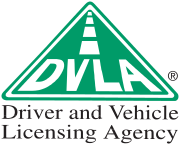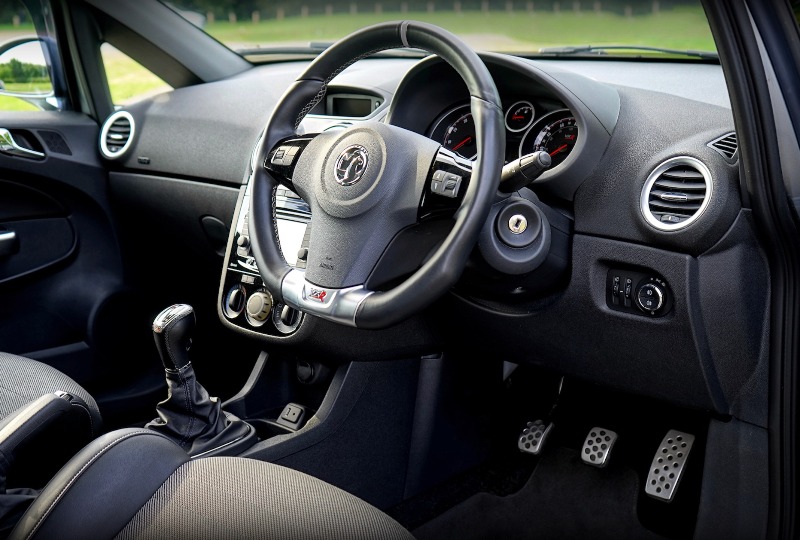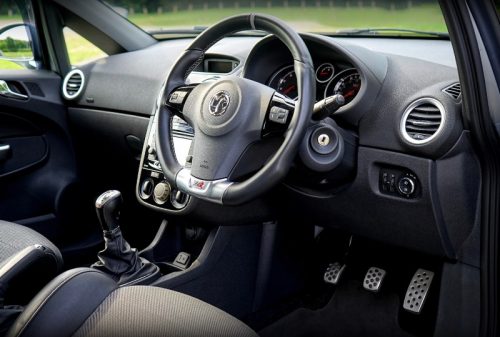Learning to drive is simple. Let us teach you how…
At Johnson School of Motoring we offer manual and automatic lessons and we would love to be able to train you to become a safe driver for life.
Thank you for clicking on our website we hope that you will find the information here helpful to you however should you have any questions that are not answered here please feel free to contact us. I am sure we will be able to answer any questions you may have.
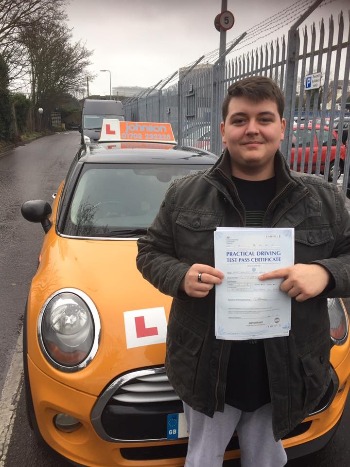
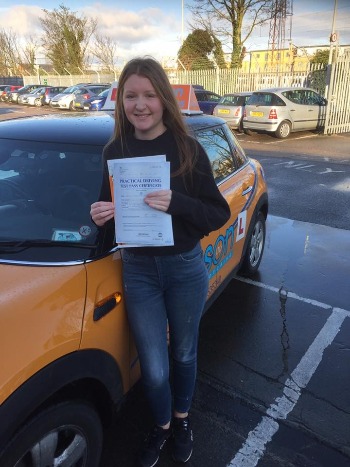
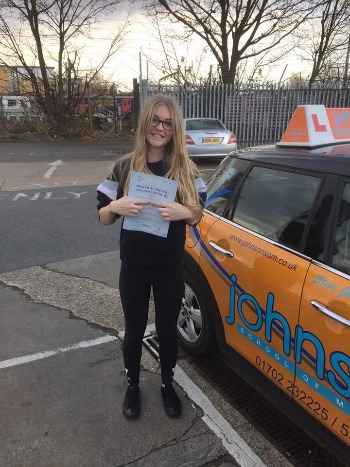
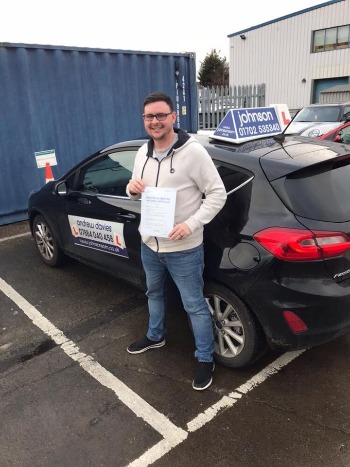

Learning to drive is one of those milestones in your life!
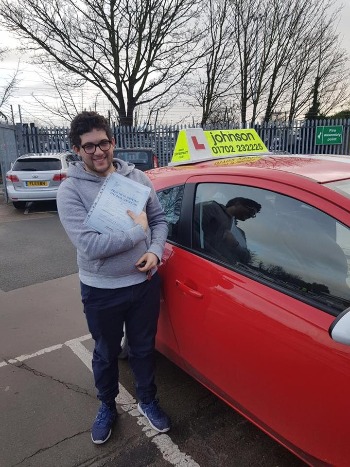
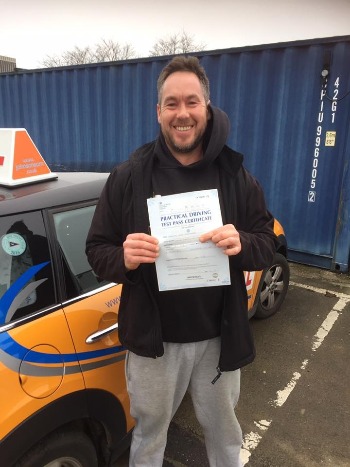

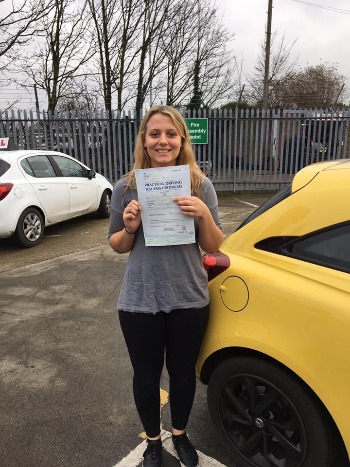

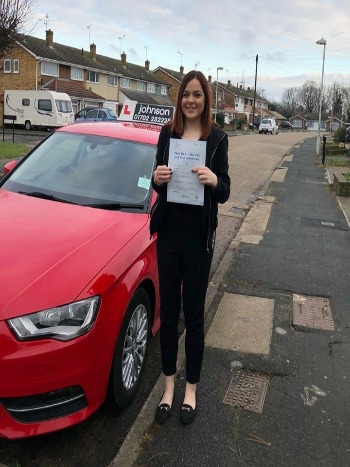
“Keep calm and drive safely”
Testimonals
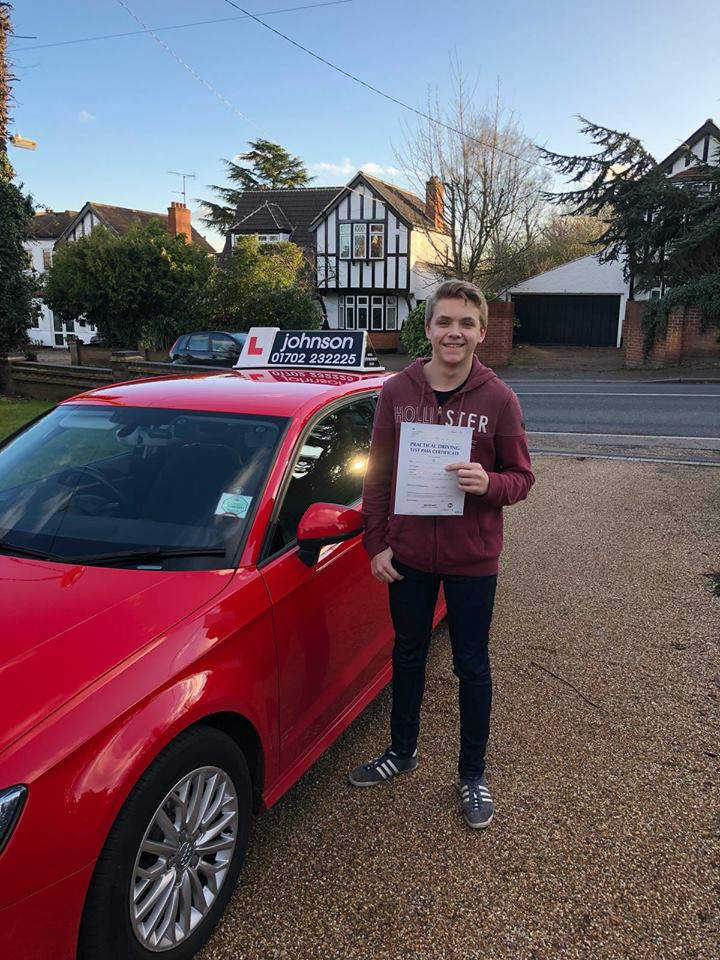
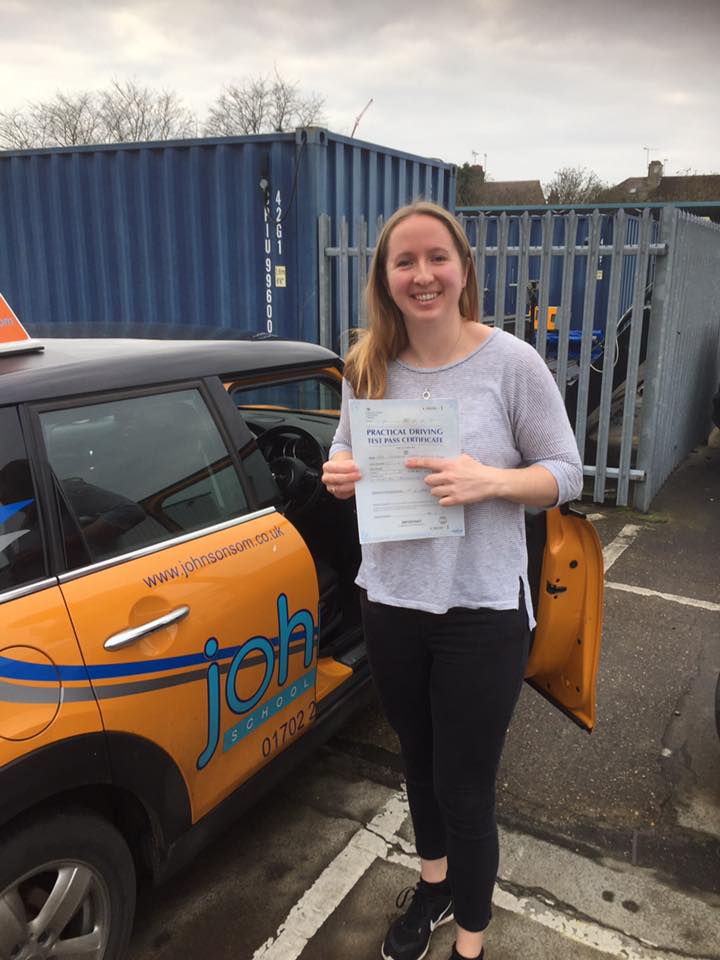
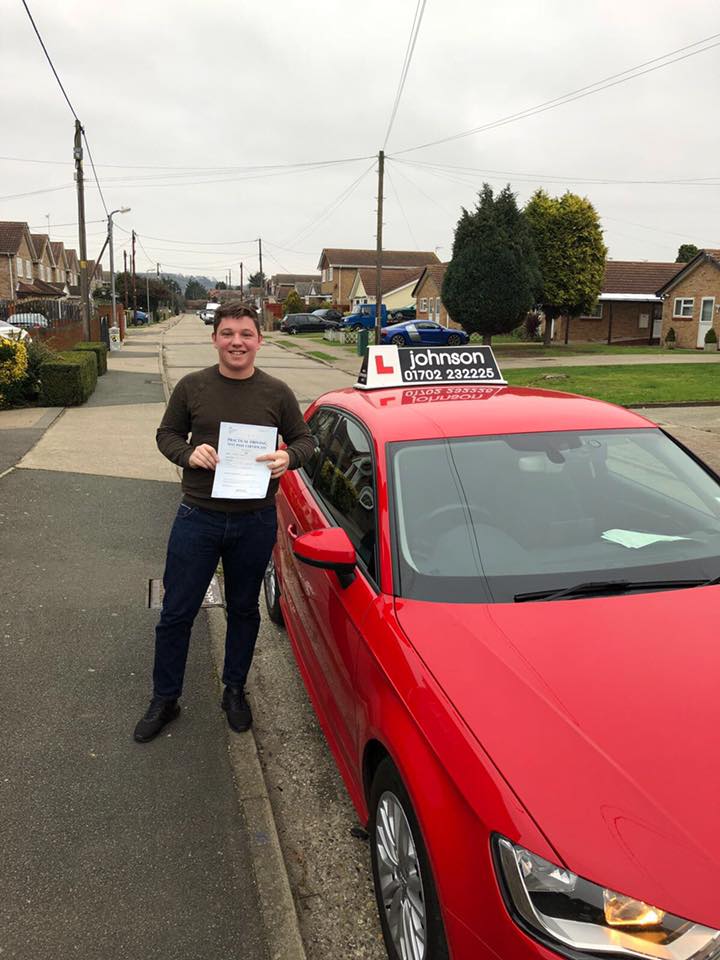
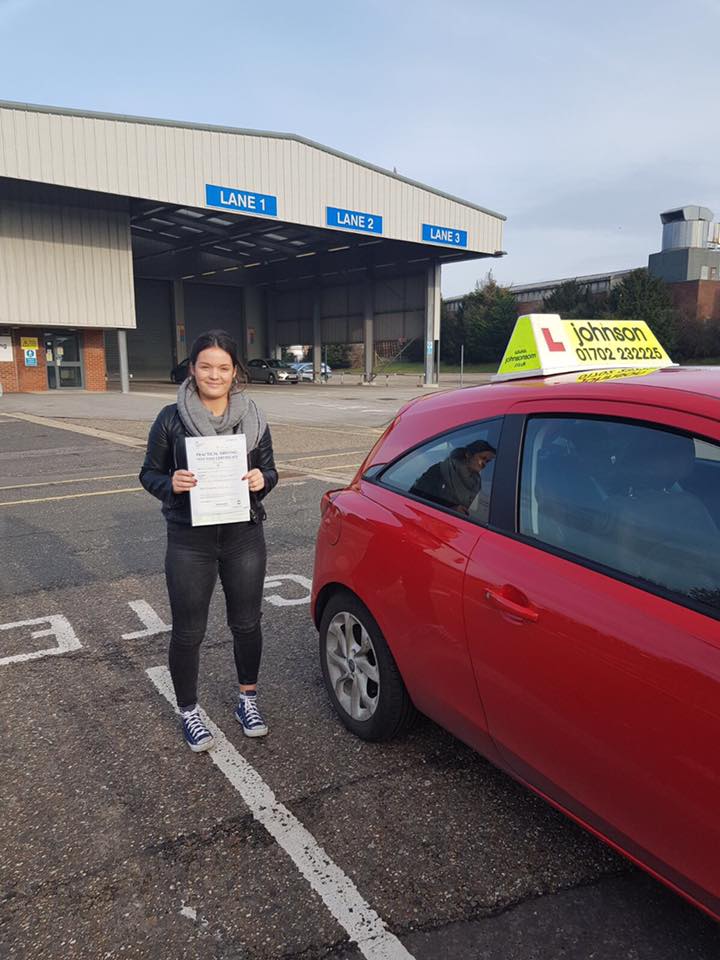
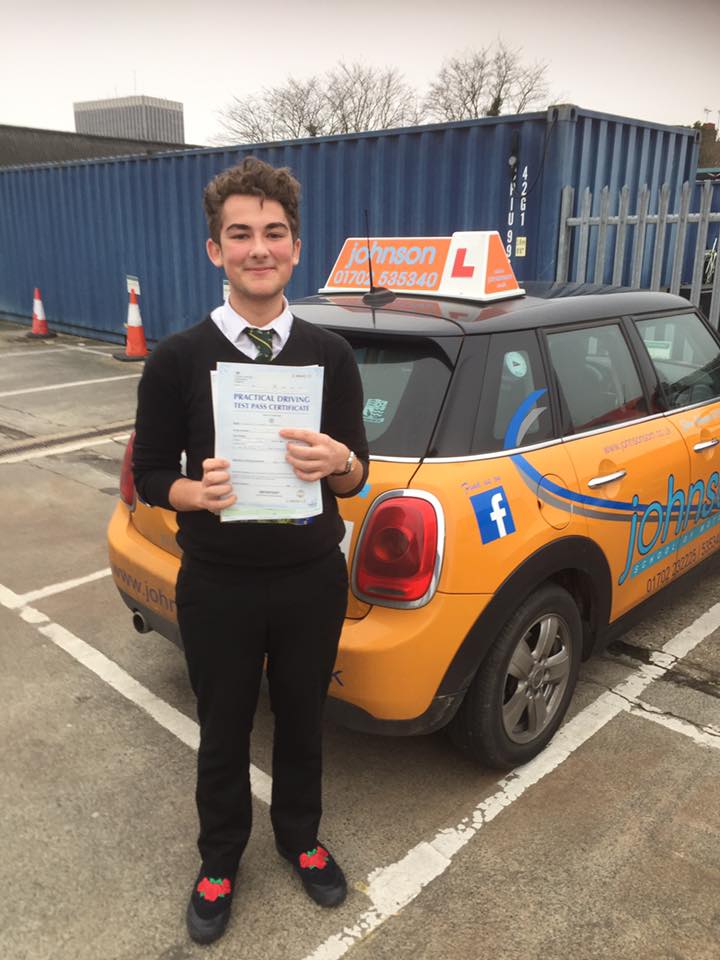
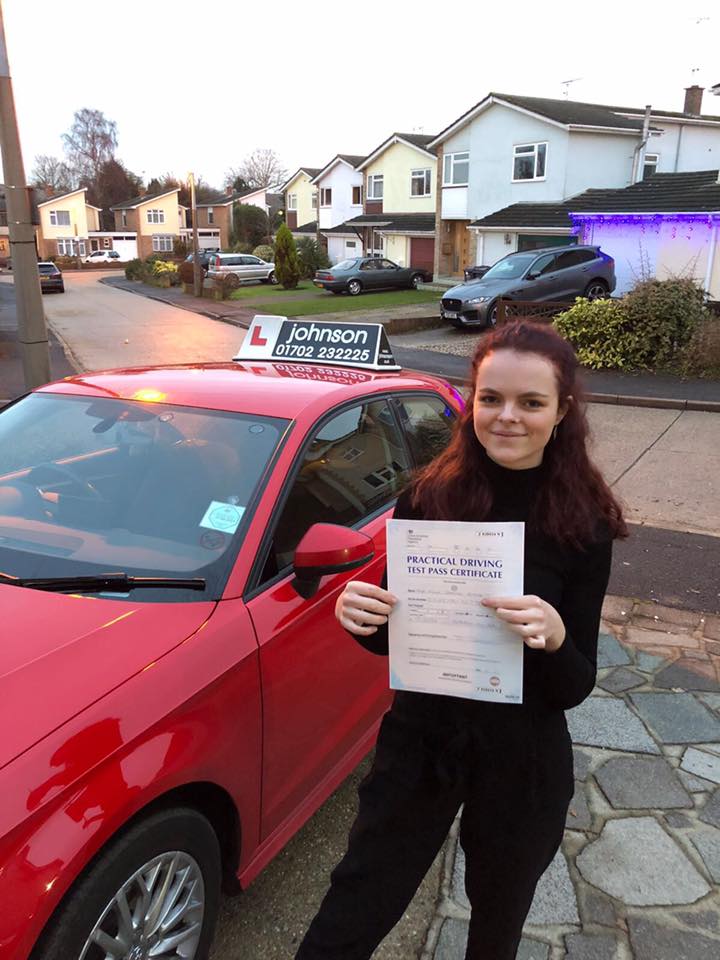
About Pass Plus
The Pass Plus scheme is aimed at new drivers to help them become better drivers. To join Pass Plus you need to find an Approved Driving Instructor (ADI) to train you. Your ADI will help you complete the six training modules to pass the training course.
About Pass Plus
Pass Plus is an established training course aimed at new drivers. The Driving Standards Agency (DSA) with the help of insurers and the driving instruction industry designed it.
Statistics show that new drivers are more likely to have an accident in the first two years after passing their test, due to lack of driving experience.
Pass Plus builds on your skills and knowledge. It will teach you how to anticipate, plan for and deal with all kinds of hazards, to help you become a more confident driver.
Who Can Do Pass Plus Training?
You can take a Pass Plus course at any time, but it’s mainly aimed at new drivers in the first year after passing their test.
Pass Plus Modules
Pass Plus consists of six modules about driving in different conditions:
– in town
– in all weathers
– on rural roads
– at night
– on dual carriageways
– on motorways
The Cost of a Pass Plus Course
Your Pass Plus course fees start from £250 depending on how long your training takes. The course takes at least six hours.
Choosing An Instructor
To do the Pass Plus, you need to choose an Approved Driving Instructor (ADI) to train you. The ADI must be registered with the DSA as a Pass Plus instructor, and they must also have their ADI ‘green badge’. Most of our instructors at Johnson School of Motoring are pass plus registered.
How You’ll Be Instructed
Pass Plus Pupil’s Guide
At the start of your course, your instructor will give you a copy of the ‘Pass Plus Pupil’s Guide’. This contains detailed information about all aspects of Pass Plus.
Duration
Pass Plus training will take at least six hours, though it can take longer if your instructor thinks it’s necessary.
The Training Sessions
Pass Plus is a practical course and all modules should be practical sessions. However, local conditions and time of year may mean that some modules need to be given as a theory session. A theory session could be given if there is no motorway nearby. Generally at least five and a half out of six hours should be spent in the car. You will not have to take a test at the end of the course but you will be continually assessed during the modules.
Recording Progress
Your instructor will complete a training report form that you’ll sign and date when you reach the required standard in each module. To pass the course you’ll need to reach a satisfactory standard in all the course modules. You’ll be given a progress record to help you to keep track of your progress throughout the course.
At the End of Your Training
On successfully completing your training you’ll be sent your Pass Plus certificate to claim your discount on your car insurance policy.
Enquiries About Pass Plus
If you have questions about Pass Plus you are welcome to contact either the DSA Pass Plus section or us.
Telephone
0115 936 6504
Email
passplus@dsa.gsi.gov.uk
Post
Pass Plus Team
DSA
112 Upper Parliament Street
Nottingham
NG1 6LP
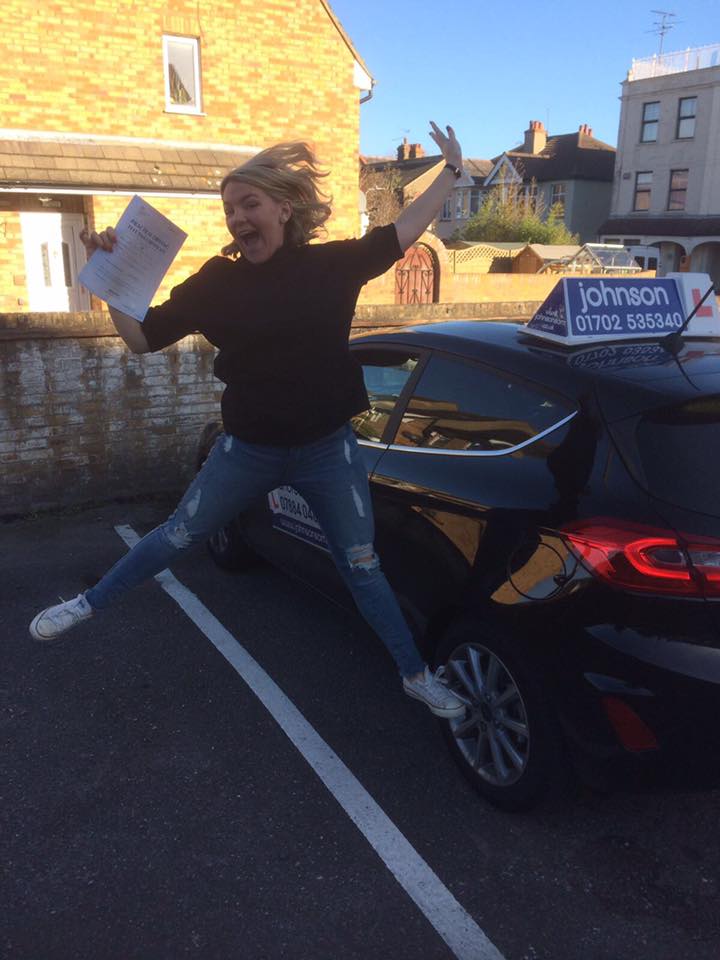
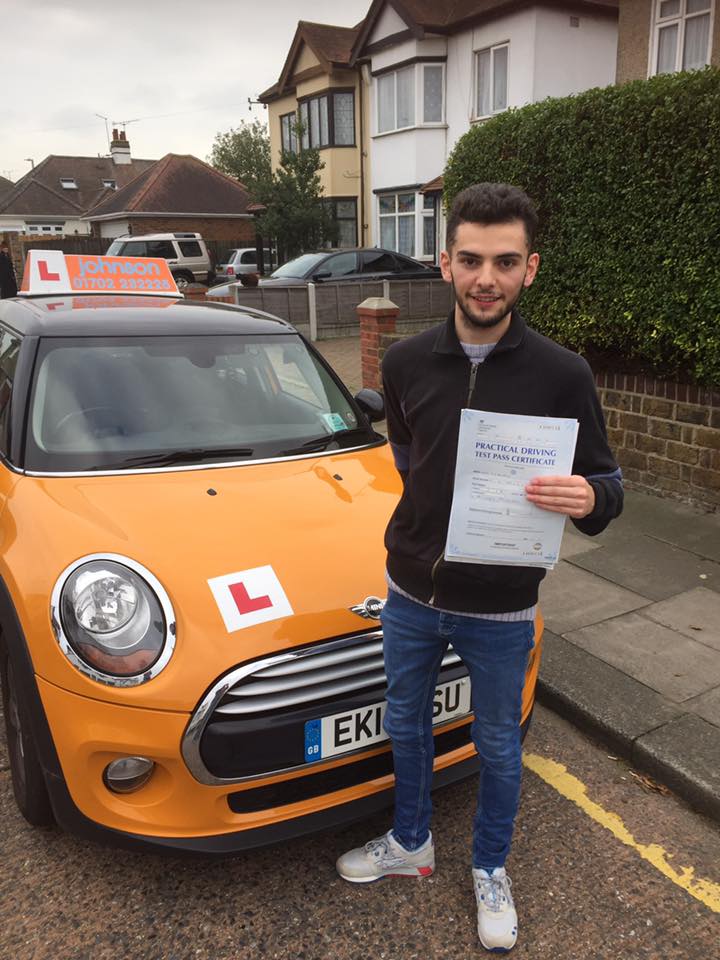
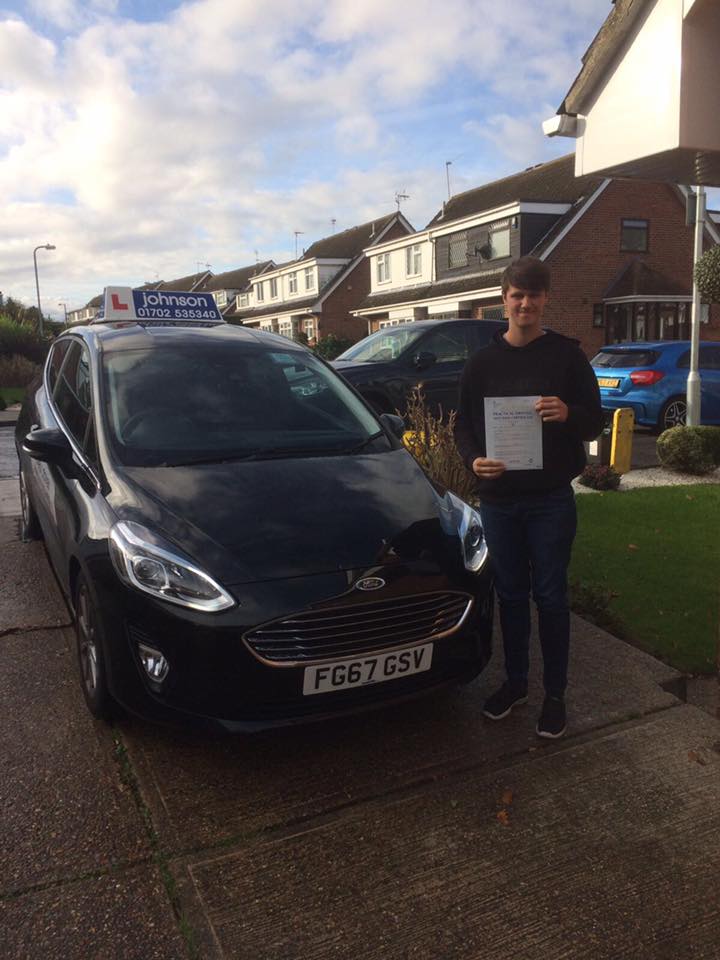
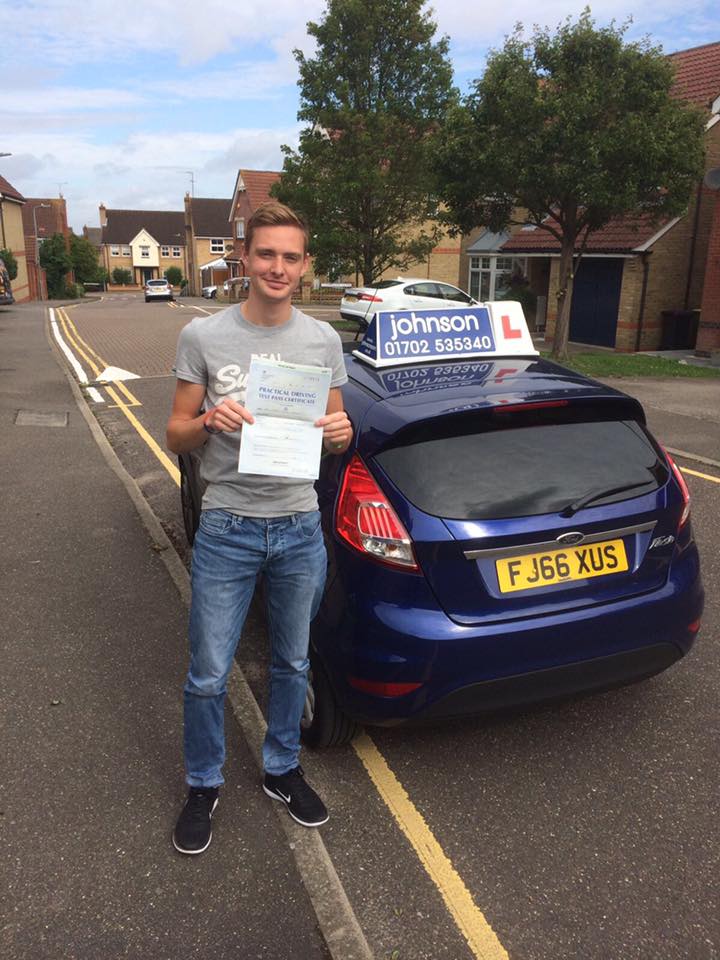
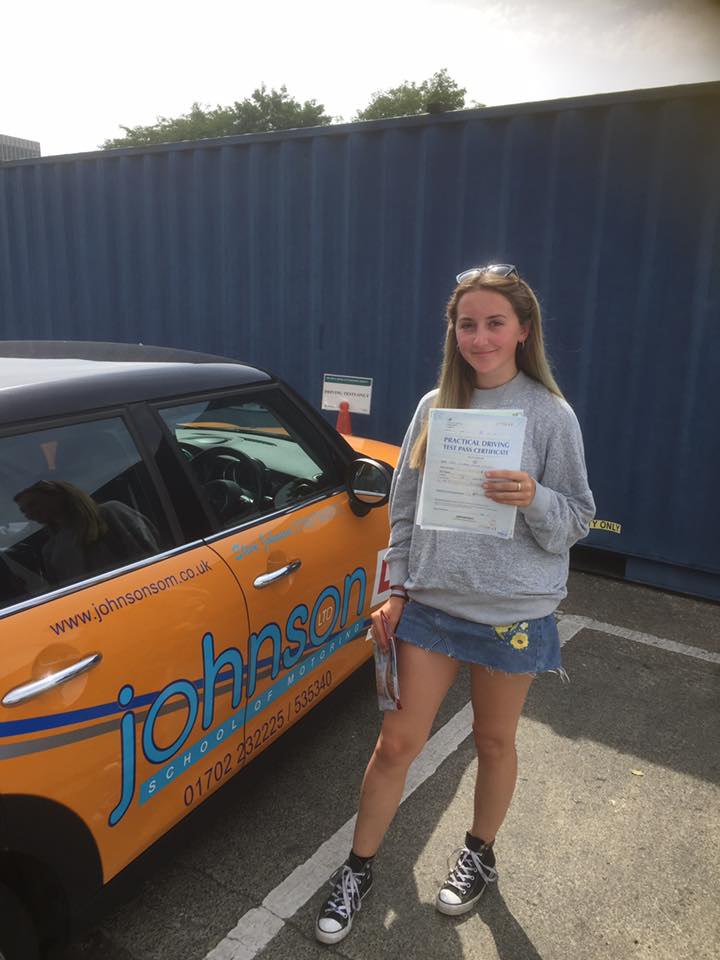
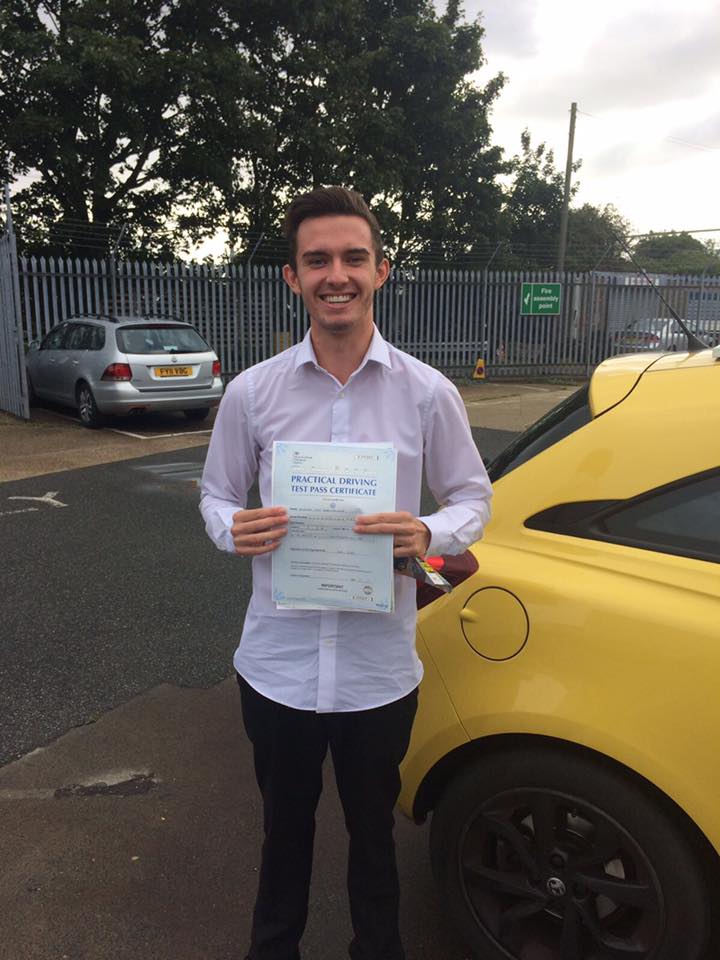
About us
Johnson School of Motoring Ltd has been a successful business for over 14 years started by Steve and Lauraine Johnson (no we are not related).
Having worked a number of years for other driving schools between us we decided to join together to create a school that is not only professional but also where we can make our pupils feel comfortable and relaxed in a friendly environment.
To give you an idea of what to expect during your course of lessons our instructors will advise you on how many lessons you may require. For example the Driving Standards Agency recommend you may need a minimum of 35 hours of professional tuition with at least 20 hours of private practice.
The standard of driving on today’s roads has had to improve a great deal as the roads are busier and there are more hazards to be aware of to become a safe driver!
Remember! When you have passed your tests you will have a 2 year period whereby if you receive 6 or more points on your license you will be returned to a provisional license holder and you will have to do both tests again, so drive safely!
Still have questions…
Contact
Become a driving instructor
ADI Training
We are able to offer ADI training please contact us for more information.
Please also visit gov.uk to ensure you meet the criteria required.

